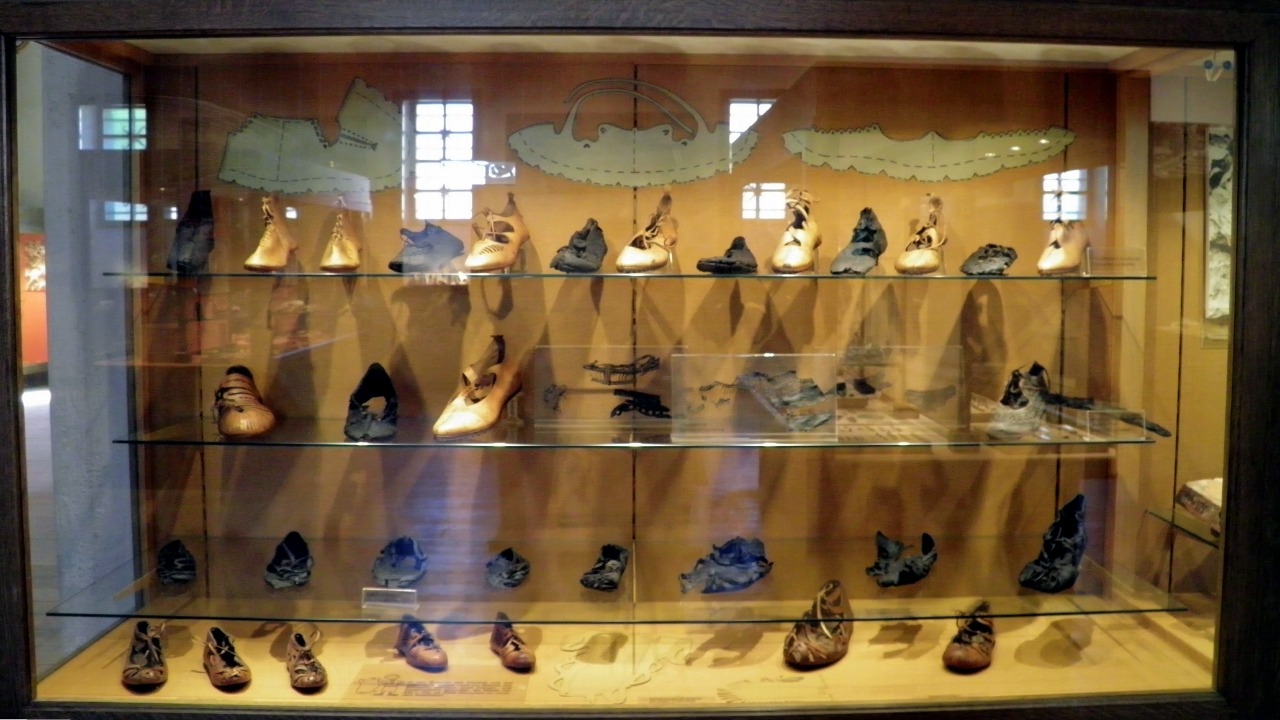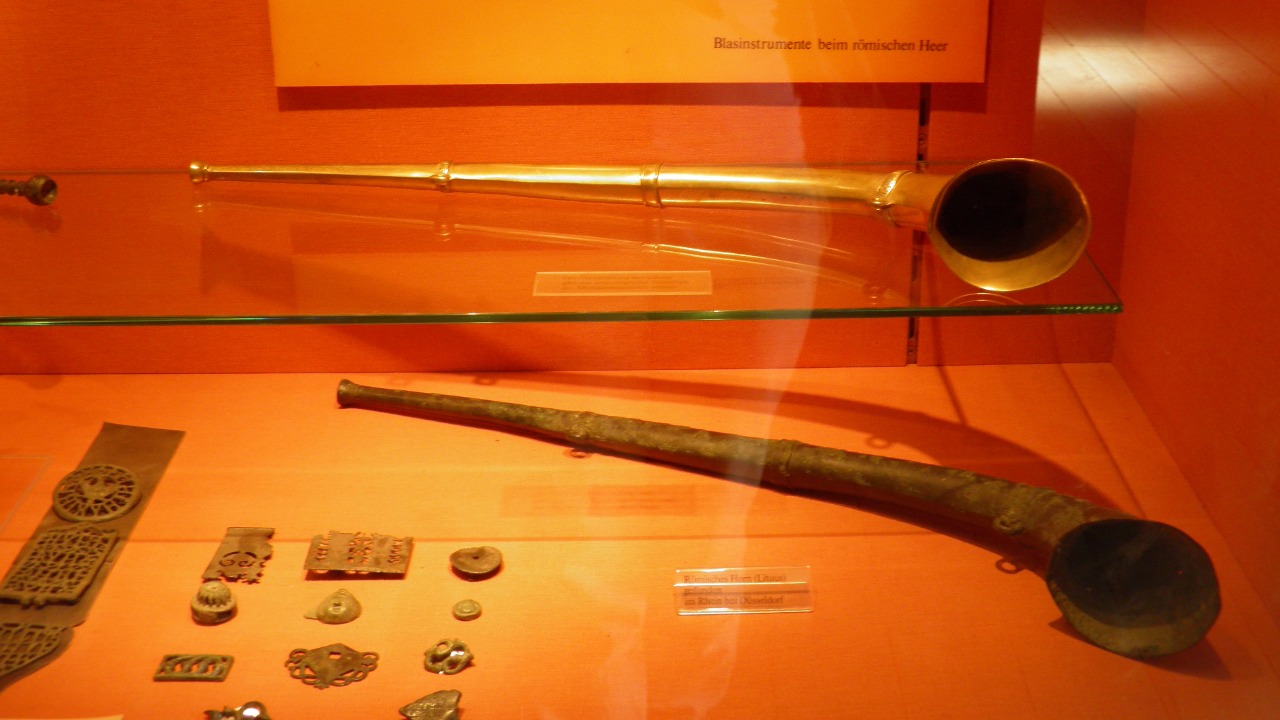
In a Roman-era cemetery in Aalen, Germany, archaeologists unearthed a skeleton buried with a tiny silver amulet containing a rolled-up lead scroll inscribed with early Christian text. This artifact, dating to approximately 230 AD, is the oldest known evidence of Christianity north of the Alps. The amulet, measuring just 11 millimeters in diameter, features a Latin inscription invoking protection from God and referencing biblical figures, suggesting that Christianity may have spread to Germanic regions centuries earlier than previously thought. This discovery challenges assumptions about the timeline of Christian conversion in the Roman Empire’s northern frontiers, as the artifact was found alongside pagan burial goods.
The Excavation Site and Initial Discovery

The discovery was made during routine excavations at a third-century Roman cemetery in Aalen, Germany, conducted by the Stuttgart State Museum of Natural History in 2019. The site is located near a Roman military outpost, indicating a significant Roman presence in the area during that period (Popular Mechanics). The silver amulet was found clutched in the skeleton’s hand and was initially overlooked as a common Roman jewelry piece. It wasn’t until an X-ray analysis in 2023 that the hidden lead scroll inside was revealed (Smithsonian Magazine).
The burial context provides further insights into the period. The skeleton was positioned in a simple grave with no coffin, accompanied by coins and pottery typical of Roman frontier burials. This suggests that the individual was likely a commoner or soldier, not a high-ranking official or noble (Newsweek).
Unraveling the Amulet’s Contents

The lead scroll’s inscription reads in Latin “Holy, holy, holy! Lord God of Sabaoth! The one who receives similar things will not be harmed by the evil eye.” This phrase blends Christian and protective magical elements, indicating a syncretism of beliefs during this early period of Christianity (Live Science). The amulet also features a Chi-Rho monogram and references to saints like Titus and Eutropia, suggesting personal devotion in a pre-Constantine era (Patheos).
The craftsmanship of the amulet is also noteworthy. The silver capsule was sealed with a suspension ring, indicating that it was worn as a necklace. Its small size suggests that it was likely a talisman for an individual, possibly a soldier or civilian (Popular Mechanics).
Dating and Scientific Analysis

Radiocarbon dating of the skeleton and associated organic remains confirmed the burial to around 230 AD. Despite corrosion, the lead scroll within the amulet was preserved enough for epigraphic study (Live Science). Researchers at the University of Stuttgart used non-destructive techniques like micro-CT scanning to read the scroll without unrolling it, revealing faint ink traces (Smithsonian Magazine).
While similar Roman amulets have been found in Egypt, this one stands out due to its northern European context and early Christian phrasing (Newsweek).
Implications for Early Christianity’s Spread

The discovery of the amulet pushes back evidence of Christianity in Roman Germania by at least 50 years, from the previously accepted mid-third century to the early third century (Patheos). Lead archaeologist Dr. Frauke Lang suggests that the amulet may have belonged to a convert in a military community, given Aalen’s role as a legionary base (Popular Mechanics).
The mix of Christian and pagan elements in the inscription indicates syncretism during Christianity’s underground phase before Emperor Constantine’s legalization in 313 AD (Live Science).
Broader Historical Context

The discovery is significant within the context of the Roman Empire’s northern borders, where Christianity was rare before the fourth century due to persecution and isolation from Mediterranean centers (Smithsonian Magazine). While similar early Christian artifacts, like the fourth-century gems from Britain, have been found, this amulet takes precedence in proving a pre-persecution presence north of the Alps (Newsweek).
Historian Dr. Sebastian Viehmann stated, “This tiny object opens a window into the hidden lives of early believers in unexpected places” (Patheos).
Challenges and Future Research

There are ongoing debates about the inscription’s exact translation, with some scholars arguing the “trinitarian” phrasing predates formal doctrine established at Nicaea in 325 AD (Live Science). Further analysis is planned, including isotopic testing on the skeleton to trace the individual’s origin, potentially linking to eastern Roman provinces (Popular Mechanics).
Preservation efforts are also underway. The amulet will be displayed at the Limes Museum in Aalen starting in 2025, with digital replicas available for global study (Smithsonian Magazine).